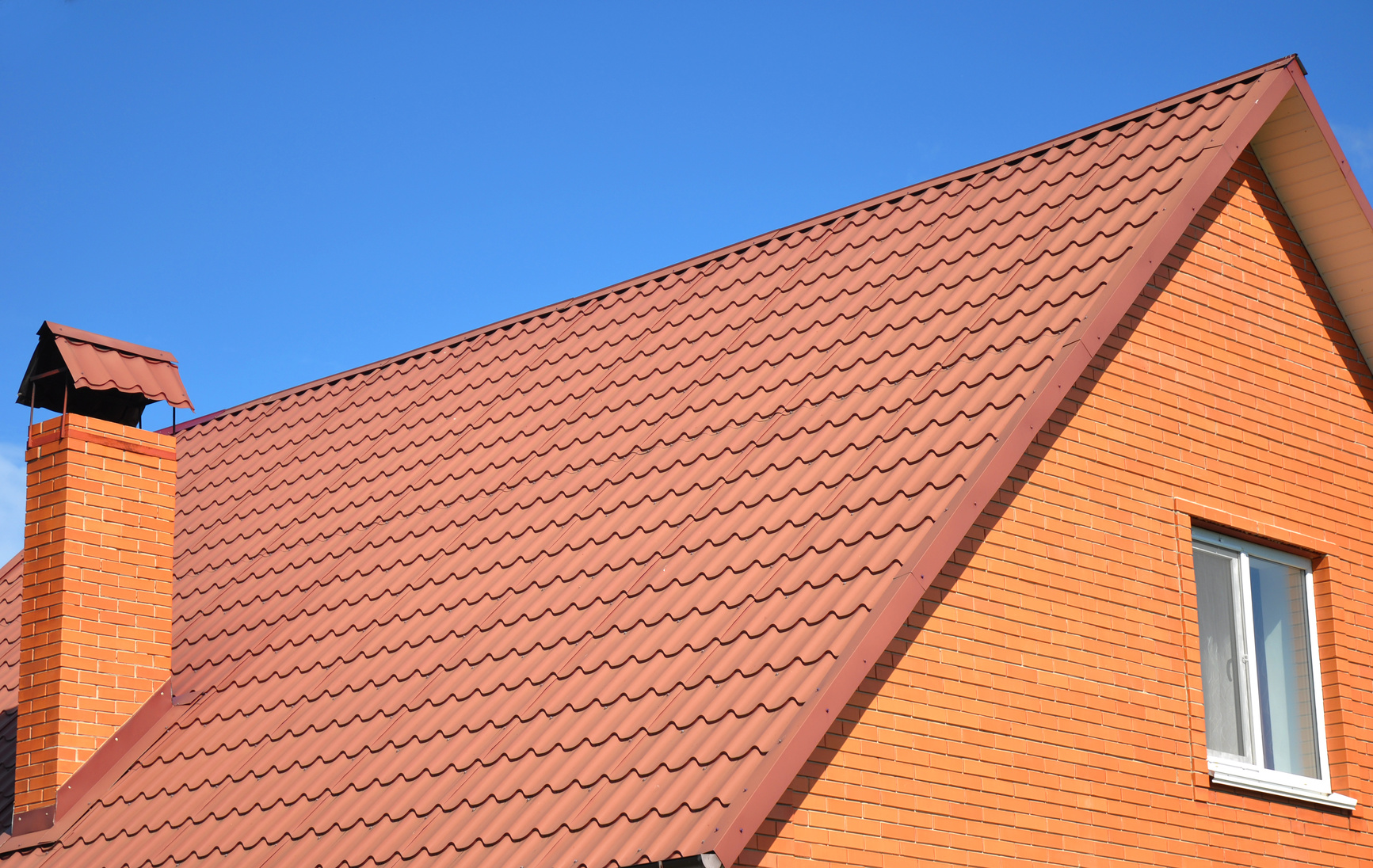

The most expensive roof pitch is a curved one: These roofs require additional safety equipment because it’s easier to lose one’s footing on a curved surface, and applying panels or shingles to a curved roof without damaging the materials is tricky and requires extra time and skill. Roofs with a lower pitch (less than a 3-inch rise per foot) are the easiest to work on, as they are usually walkable and need less safety equipment and material. Roofs with a steep pitch (greater than a 3-inch rise per foot) will cost more in labor, as it is more dangerous to work on, takes longer, and requires additional material. The pitch of the slopes on the roof affects the amount of material you need to order, the method of installation, and the amount of safety equipment installers will need to use. Large roofs with complex designs and many sides will require a larger crew or more time, increasing labor costs. The size of the roof will determine how much material you need to order and how much time it will take to install. Finally, metal roofing is available as strips that are pressed or stamped to look like individual shingles, shakes, or tiles, costing between $200 and $600 per roofing square. The additional craftsmanship of this style raises the cost to $200 to $1,000 per roofing square and results in a higher installation cost. Standing seam metal roofs are strips or panels of metal whose edges have been folded together to create a ribbed seam. Sheet metal, on average, costs $75 to $600 per roofing square, depending on the material. The most basic style is sheet metal, which can be flat, ribbed, or crimped to change the appearance and function. Metal roofs are available in several different configurations. Those materials do boast a longer lifespan and less maintenance, though. Lead tops the list at more than $1,000 per square, depending on the core material in the lead. Steel, stone-coated steel, zinc, and tin all gradually increase in price, and the luxury materials like stainless steel ($400 to $1,200 per square) and copper ($800 to $1,500 per square) round out the higher end of the material costs. Galvanized steel will increase the cost to $150 to $350 per square, and aluminum can range from $150 to $600 per square. The least expensive is an alloy called Galvalume, which can cost as little as $75 to $200 per roofing square. Not all metal roofs are the same: There is actually a relatively wide range of metal materials that can be fashioned into roofing sheets or tiles, and what you choose can significantly influence the cost. Since your home location isn’t something you can change, your best plan is to seek out numerous estimates to make sure you’re getting the most competitive contract if you live in one of the more expensive regions. Prices tend to be lower in the Midwest and southern rural areas. New England, the West Coast, Hawaii, and Alaska are where roofing installation is most expensive. Material and installation costs vary significantly based on where you live. Some of these costs are nonnegotiable, while others can be increased or reduced based on selections and some thorough price comparisons.

How much does a new roof cost? To accurately plan and budget for a metal roof, you’ll need to consider many of the same elements as you would with any other roofing style.

Overhead will include costs such as shipping, tools, permits, and insurance. Labor costs will vary, so plan to collect multiple estimates with itemized cost lists before you choose. To accurately estimate, plan on over-ordering material by 5 to 20 percent to account for waste on cuts and any pattern matching. This calculation will itemize the total material cost for that section, so the number of squares needed to cover your roof will drive the rest of the expenses. Materials + Labor and Installation in My Area + Overhead = Total Cost of Metal Roofing Near MeĮach of these three components should make up one-third of your project cost.Īs you begin calculating, keep in mind that roofers use a unique unit of measure called a roofing square to calculate material prices, equivalent to 100 square feet (a 10-foot by 10-foot square).


 0 kommentar(er)
0 kommentar(er)
